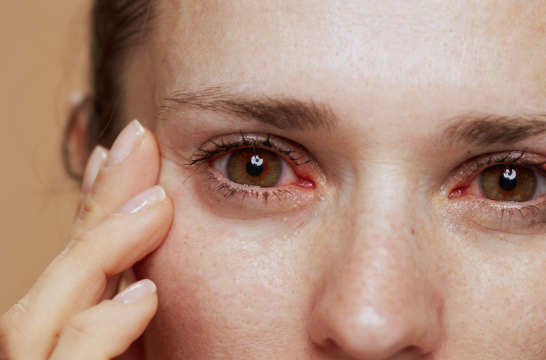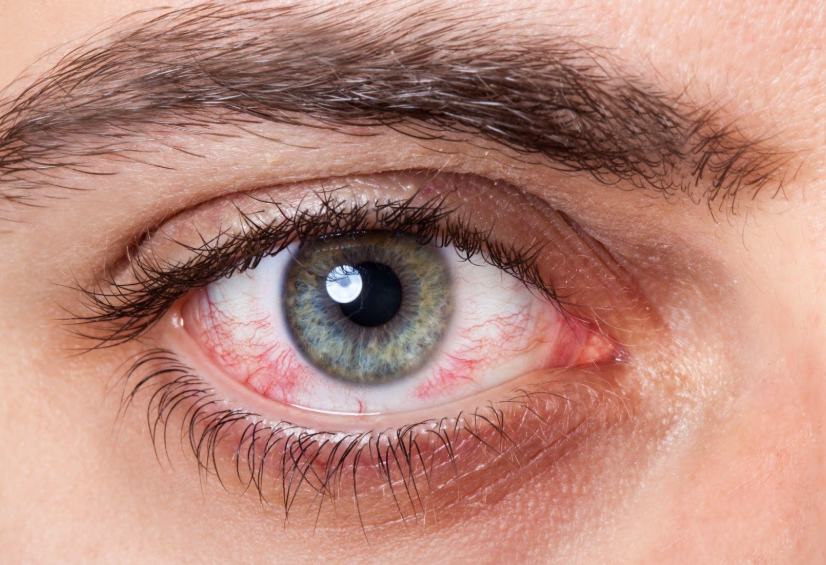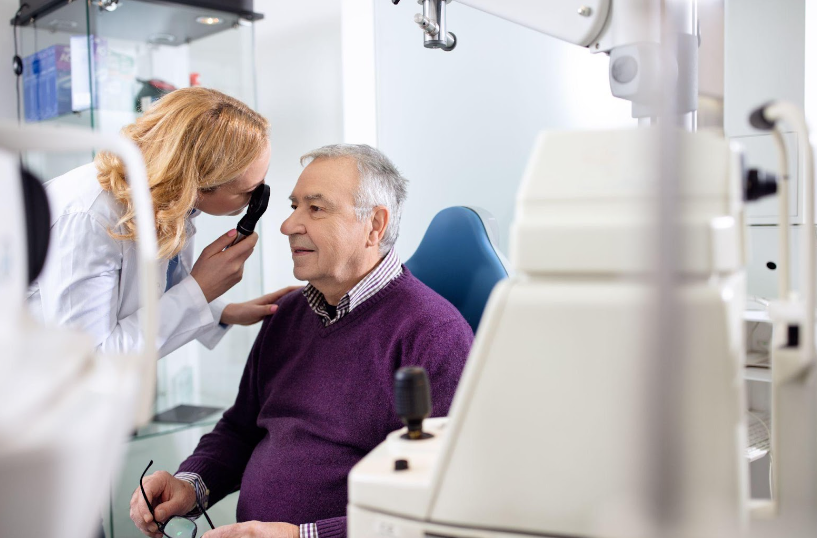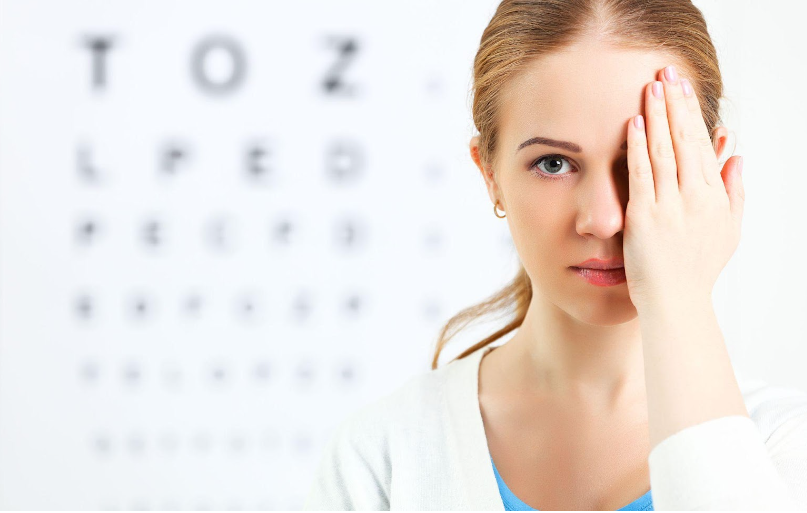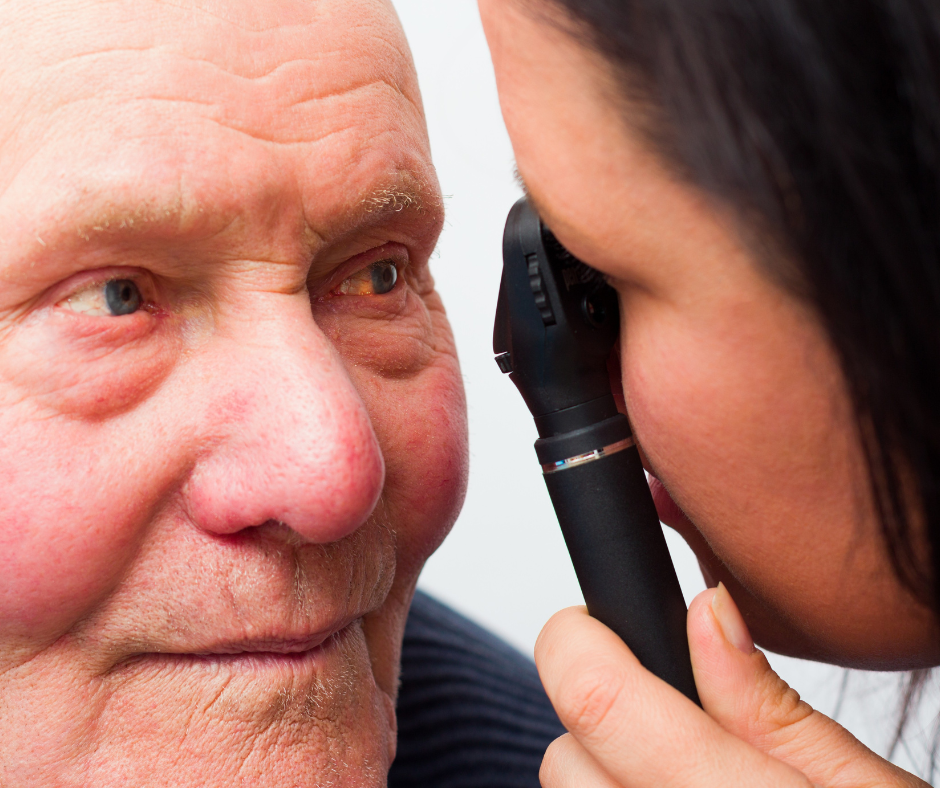Diabetic retinopathy refers to an eye disease that can lead to vision loss and potential blindness in people diagnosed with diabetes. The condition is triggered by high blood sugar which damages blood vessels in the retina.
The Two Forms of Diabetic Retinopathy
NPDR (non-proliferative diabetic retinopathy)
NPDR occurs when small blood vessels leak leading to swelling in the retina. The macula, the part of the retina at the back of your eye, swells causing macular edema. There is a high possibility that the blood vessels will shut down leading to macular ischemia. As a result, blood cannot enter the macula and your vision begins to suffer.
PDR (proliferative diabetic retinopathy)
PDR is more complex and a dangerous form of diabetic retinopathy. It affects both your central and peripheral vision. Neovascularization results causing the retina to grow new blood vessels. It is common for the vessels to bleed into the vitreous and prevent you from being able to see anything. Unfortunately, the blood vessels can also create scar tissue resulting in a detached retina.
Symptoms
If you were recently diagnosed with diabetic retinopathy you may start to have trouble reading, seeing objects at long distances or experience vision discrepancies. Common signs to look out for include:
- Blurred vision
- Floaters
- Blank or dark spots in your vision
- Colors fading
- Trouble seeing at night
- Eye strain
- Flashing lights
- Redness
- Blindness
According to the CDC, these symptoms are most common in one-third of adults over age 40 years old with diabetes. The demographics most affected include African Americans and Mexican Americans.
Treatments
If you were recently diagnosed, your healthcare provider may suggest to wait a while before taking action to gage how your eyesight is doing over a period of time. It is common to require frequent eye exams to monitor the progress. If your vision worsens the following treatment options may be recommended:
- Injections: It may be recommended to inject medicine such as corticosteroids in your eye to prevent the disease from spreading at a quicker rate. This may help with improving vison in the short term.
- Laser surgery: A laser is used to shrink blood vessels to prevent them from causing permanent vision damage. This also reduces swelling in the macula.
If you were recently diagnosed with diabetes, Contact our office and request an appointment at one of our locations.
Call 516-785-3900 (Wantagh office) or 516-541-4141 (Massapequa office) to schedule an appointment. Our ophthalmologists will talk with you about your vision complications and the best options for you.
Sources: CDC, American Academy of Ophthalmology, National Eye Institute
